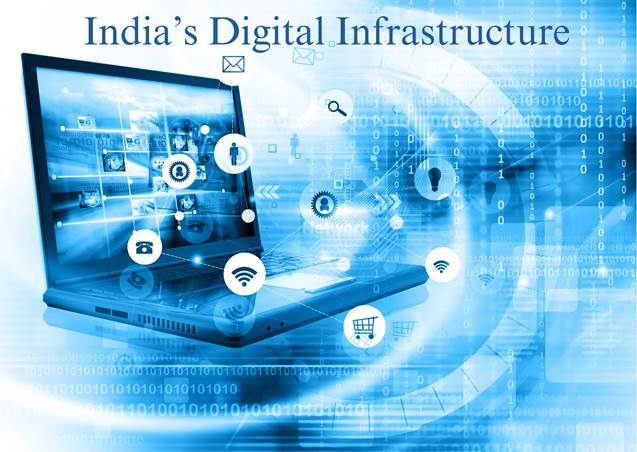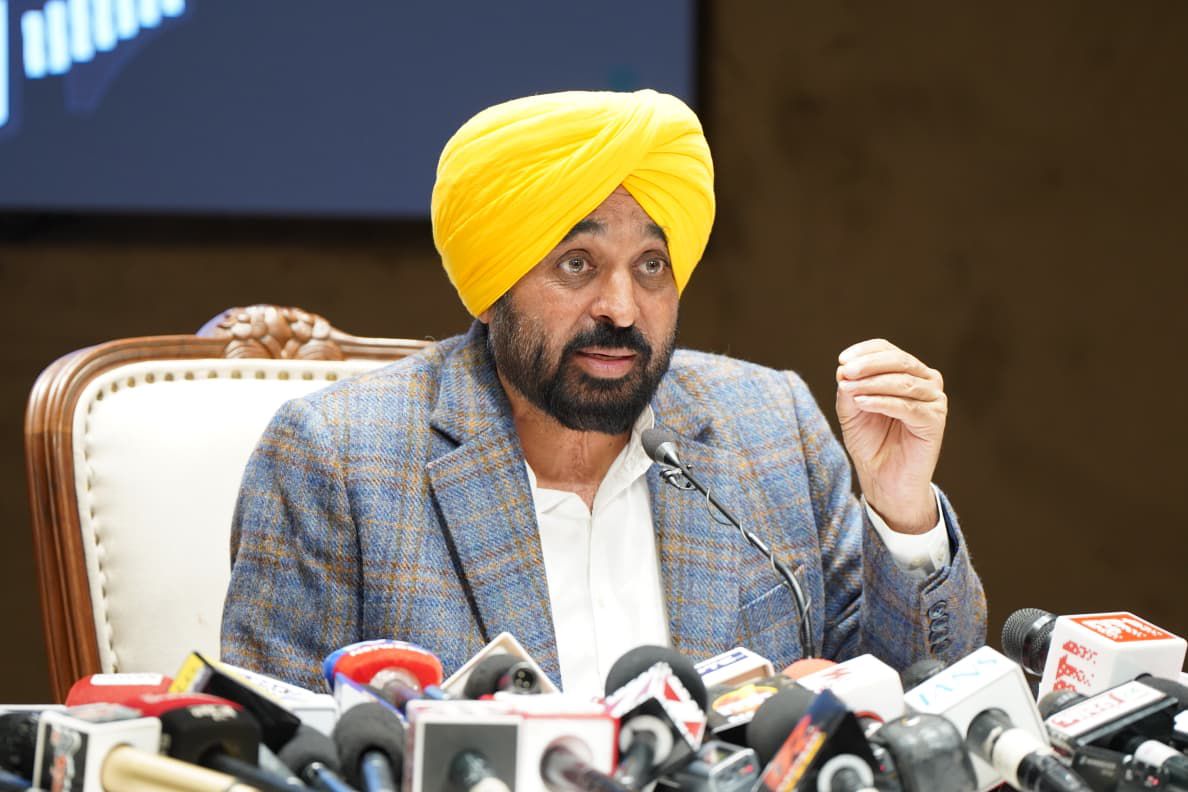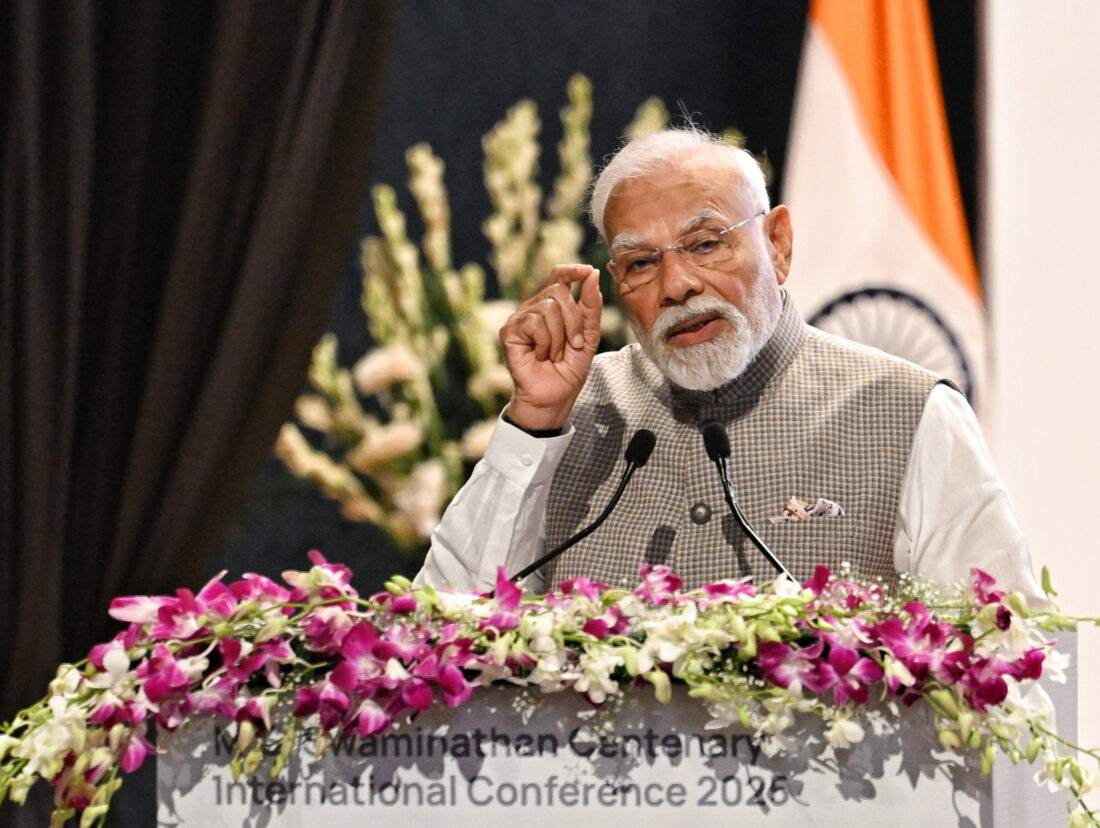North News
New Delhi, December 9
India’s digital infrastructure has witnessed a remarkable transformation in recent years, establishing the nation as a global leader in digital adoption. Driven by advancements in cloud computing, artificial intelligence (AI), machine learning (ML), and digital governance, the country’s robust digital ecosystem supports both public and private sectors, fostering economic growth and improving citizens’ lives.
Expanding Data Centres: The Backbone of Digital Growth
Data centres form the cornerstone of India’s digital infrastructure, meeting growing demands for cloud computing, data storage, and AI/ML applications. The National Informatics Centre (NIC) operates state-of-the-art National Data Centres (NDCs) in Delhi, Pune, Bhubaneswar, and Hyderabad, delivering essential services to government bodies and public sector undertakings.
These centres provide advanced disaster recovery capabilities and offer 100 petabytes (PB) of storage, supported by cutting-edge technologies like all-flash enterprise-class storage and unified storage. Over 5,000 servers power various cloud workloads. A new Tier-III data centre with up to 400 racks is under construction in Guwahati to address the unique challenges of India’s Northeastern region.
The National Data Centre – North East Region (NDC-NER), launched in September 2020, aims to bridge regional digital divides, support socio-economic growth, and enhance public service delivery in the region.
Enhancing Cloud Services Through MeghRaj
India’s growing cloud ecosystem is integral to its digital evolution. The NIC’s National Cloud Services, upgraded in 2022, serve over 300 government departments, enabling efficient e-governance. The MeghRaj initiative accelerates cloud adoption nationwide, optimizing IT infrastructure and supporting applications like digital payments, identity verification, and consent-based data sharing.
Digital Public Infrastructure: Transforming Citizen Services
India’s digital public infrastructure (DPI) provides accessible, secure, and interoperable systems for public services. Key platforms include:
- Aadhaar: The world’s largest digital identity program, with 138.34 crore unique IDs issued.
- Unified Payment Interface (UPI): Facilitating 24,100 crore financial transactions as of June 30, 2024.
- DigiLocker: A digital document verification platform with over 776 crore issued documents.
- DIKSHA: The largest education platform globally, delivering 556.37 crore learning sessions and 17.95 crore course enrollments by July 2024.
Other transformative platforms include UMANG for integrated government services, Government e-Marketplace (GeM) for procurement, Co-WIN and Aarogya Setu for healthcare, and e-Courts for judicial efficiency.
Building Connectivity Through NKN
The National Knowledge Network (NKN), launched in 2010, connects national and state data centres, wide area networks, and academic institutions, promoting collaborative research and efficient e-governance. It has established 2,440 high-speed links, empowering governance and research across India.
Reaching Rural India: Common Services Centres
Common Services Centres (CSCs) extend digital access to rural areas, providing services in healthcare, education, and agriculture, while fostering digital literacy and financial inclusion.
A Model for the Global South
India’s comprehensive digital infrastructure initiatives, part of its “Techade” vision, have positioned the country as a pioneer in digital services. These advancements are not only transforming domestic life but also serving as a blueprint for other nations, especially in the Global South.
















